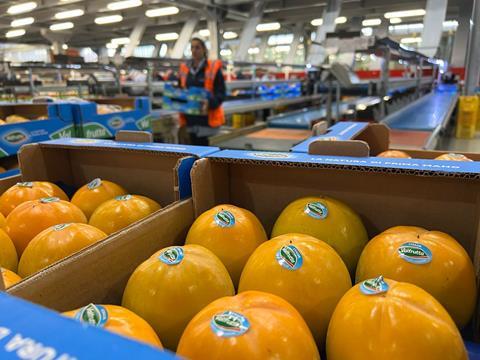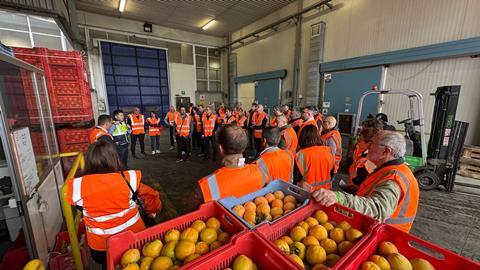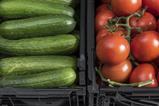Demand for Italian persimmons is rising among younger Italian consumers and in European export markets, according to producer group Agrintesa and marketing cooperative Alegra

Italian-grown persimmons are growing in popularity among the country’s younger consumers and seeing greater demand on export markets elsewhere in Europe.
That’s according to Romagna-based producer group Agrintesa, whose members manage around 300ha of production, and marketing cooperative Alegra. Both say they see huge potential for this so-called ‘Autumn gold’.
“We like to call ourselves persimmon fanatics,” says Enrico Bucchi, general manager of Alegra’s Valfrutta Fresco division. “It’s a fruit that is part of our identity, from cultivation to marketing.”
In recent years, the group has invested heavily in better production, a high-tech packhouse facility in Faenza, and more sophisticated marketing, in order to develop new commercial opportunities.
“Persimmon still has plenty of room for growth,” Bucchi adds. “According to NielsenIQ data, it’s the favourite fruit of 12 per cent of Italian consumers: we therefore need to retain those who already appreciate it and, at the same time, engage younger consumers with practical and versatile varieties.”
Alegra now sells around 7,000 tonnes of the fruit each year, evenly divided between the soft, sweet-fleshed variety Loto di Romagna and the firm, crunchy Rojo Brillante.
Around 60 per cent of the volume remains on the Italian market. Export sales are apparently growing in Switzerland and France, the main destinations for the Loto di Romagna, while Rojo Brillante is said to be popular throughout Europe.
Apricot application
This year’s harvest marked the launch of two new, highly automated processing lines at the Faenza plant, which is destined to become a hub for Italy’s persimmon supply chain.
“The new plant is equipped with Unitec’s Apricot Vision 3.0 technology, a size and colour sorting system that, for the first time, is being applied to a delicate product like persimmons,” explains Cristian Moretti, general manager of Agrintesa.
“Each fruit undergoes an automatic pre-sorting process, which also identifies any insect damage, before controlled ripening, known as ‘steaming’,” he continues.
“This improves product uniformity, optimises processing times, and reduces waste, ensuring customers and consumers receive more consistent packages in terms of colour and size, as well as more efficient management of the different persimmon types.”
According to Moretti, the two lines can handle up to eight tonnes per hour, with peaks exceeding 100 tonnes per day.
This, he says, allows the cooperative to time its ripening better and to prepare batches more precisely according to market requirements.
“Automating selection and grading means concentrating our staff, who have always specialised in persimmons, on the most delicate phase – packaging,” he concludes.
“It’s a technology that serves our members and tradition, allowing us to protect and grow a fruit that symbolises our identity, one that the group has successfully innovated and relaunched, making it one of the key products in our autumn basket.”









